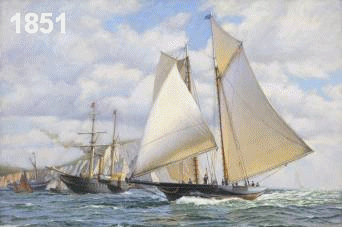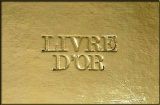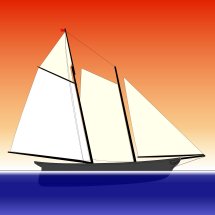 AMERICA'S CUP
AMERICA'S CUP1851-1937
"If we can fly today in the San Francisco Bay, this is because there have been "adventurers" like Walter Greene and Mike Birch.
To understand the future, we must know and respect the past."
Loïck PEYRON (Voiles et Voiliers July 2014)
![]()










 RANGER SCORES BY 3 MILES FOR SECOND VICTORY IN ROW
RANGER SCORES BY 3 MILES FOR SECOND VICTORY IN ROW
 NEW YORK, SUNDAY, JANUARY 11, 1920.
NEW YORK, SUNDAY, JANUARY 11, 1920.
 ENTERPRISE
ENTERPRISE

 Frank C Paine, born on July 9, 1890, Boston, Mass, was the son of General Charles J Paine of Boston, a three times owner of the successful America’s Cup defenders for the New York Yacht Club, “Puritan” in 1885 (as part of a syndicate) and later “Mayflower” (1886) and “Volunteer” (1887). He was brought up in the world of yachts and was younger brother to an amateur yacht designer John Paine, who had designed ‘Jubilee’ for a Boston based syndicate ....
Frank C Paine, born on July 9, 1890, Boston, Mass, was the son of General Charles J Paine of Boston, a three times owner of the successful America’s Cup defenders for the New York Yacht Club, “Puritan” in 1885 (as part of a syndicate) and later “Mayflower” (1886) and “Volunteer” (1887). He was brought up in the world of yachts and was younger brother to an amateur yacht designer John Paine, who had designed ‘Jubilee’ for a Boston based syndicate .... Harold Wyllie (1880-1973) was the eldest son of William Lionel Wyllie. He studied under his father and shared his fascination with naval history.
Harold Wyllie (1880-1973) was the eldest son of William Lionel Wyllie. He studied under his father and shared his fascination with naval history. Born in Connecticut, the artist moved to New York City where he was employed in the manufacture and sales of silk thread. In 1880, he ventured into business for himself, taking commissions from owners to portray their well-known New York area yachts. As his reputation grew, he received many commissions from the elite New York Yacht Club.
Born in Connecticut, the artist moved to New York City where he was employed in the manufacture and sales of silk thread. In 1880, he ventured into business for himself, taking commissions from owners to portray their well-known New York area yachts. As his reputation grew, he received many commissions from the elite New York Yacht Club.

